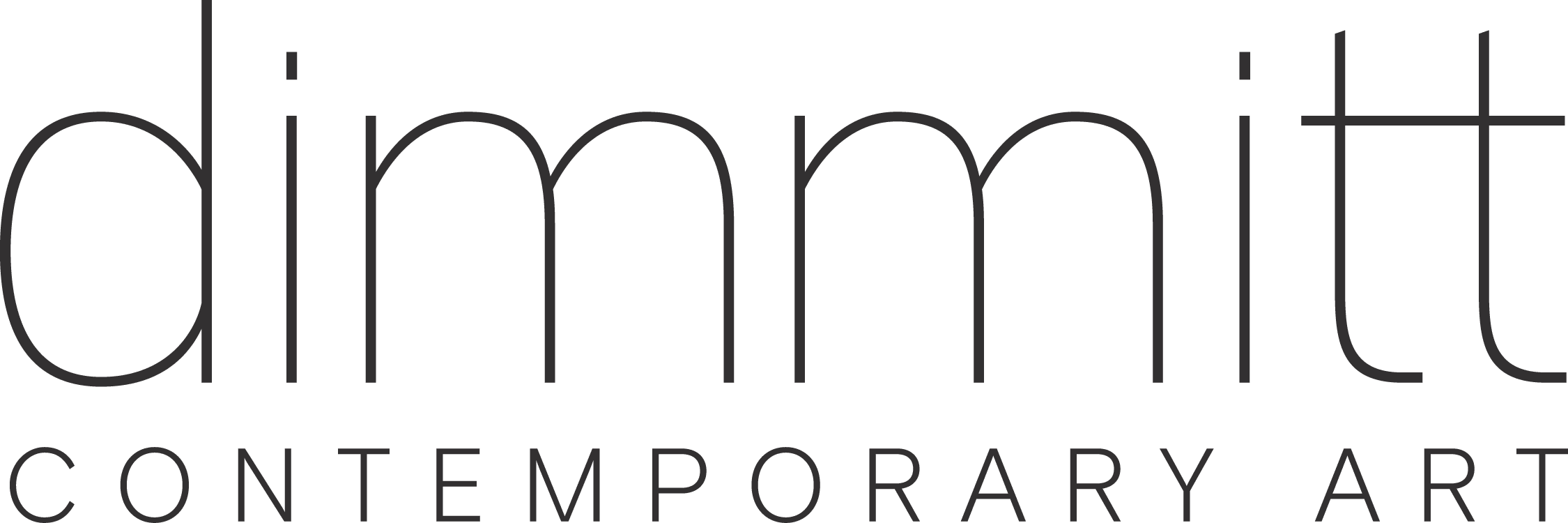The Cuba Archive is a solo exhibition showcasing photographs by New York-based photographer Tria Giovan. The exhibition is produced and presented in conjunction with the 2022 FotoFest Biennial Participating Spaces program. The Cuba Archive is a collection of photographs that captures Cuba on the brink of societal change in the 1990s. By immersing herself in Cuba’s history, literature and politics, Giovan created a compelling body of work that captured the subtleties and layered complexities of day-to-day life in Cuba. This collection is a historical record that portrays the spirit and integrity of a distinctive, resilient and complex country and its people.
The FotoFest Biennial 2022 exhibition will examine the fundamental role of images in the construction of global social movements and political ideologies. Specifically, the exhibition focuses on the ways contemporary image-production both reflects and informs our perception of the world, historical narratives, and our agency to engage in cultural discourse. The project features a diverse range of image-based practices: from activists and photo-documentarians whose practices shed light on systemic violence, to artists and filmmakers who adopt the tools and language of surveillance, social media, and tech-culture to expose image capture’s potential to support progressive movements as well as its ability to oppress marginalized and at-risk populations.
This year’s FotoFest Biennial is scheduled to take place September 24 – November 6, 2022. FotoFest’s central exhibition, lectures, and film programs for the FotoFest Biennial 2022 will focus on the ways contemporary image production and circulation informs and reflects global social, political, and cultural issues and movements. The exhibition will feature artists, photographers, and activists from around the globe who examine various modes of image-making, from social media and computer-generated renderings to news media and surveillance technologies, as a way to examine the formation of historical narratives, political ideology, and social agency. A wide range of photographic and moving image media will be included.

